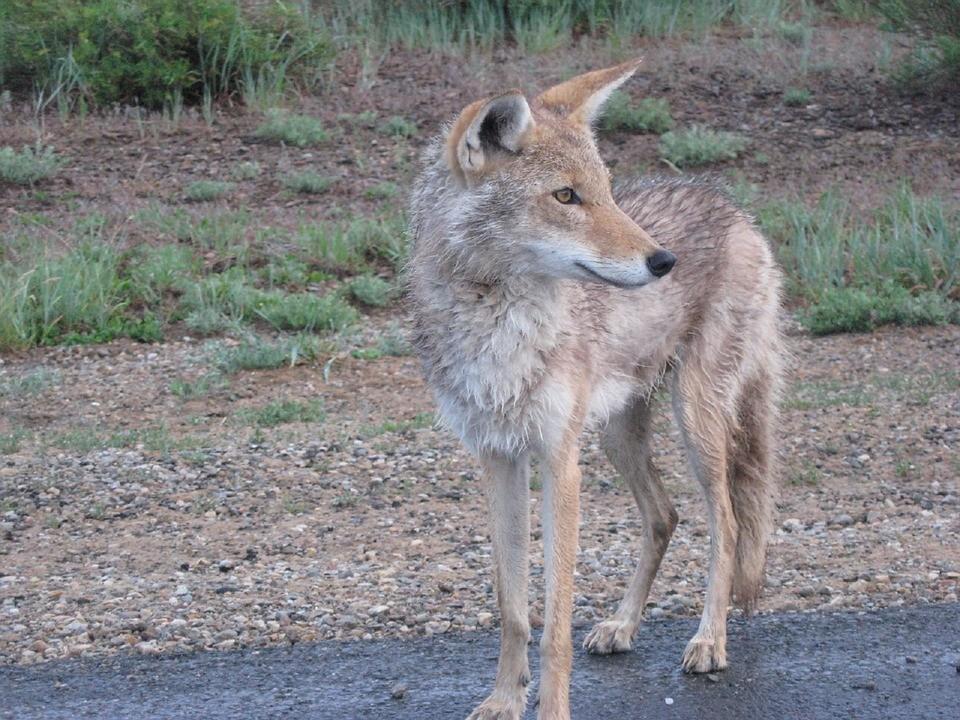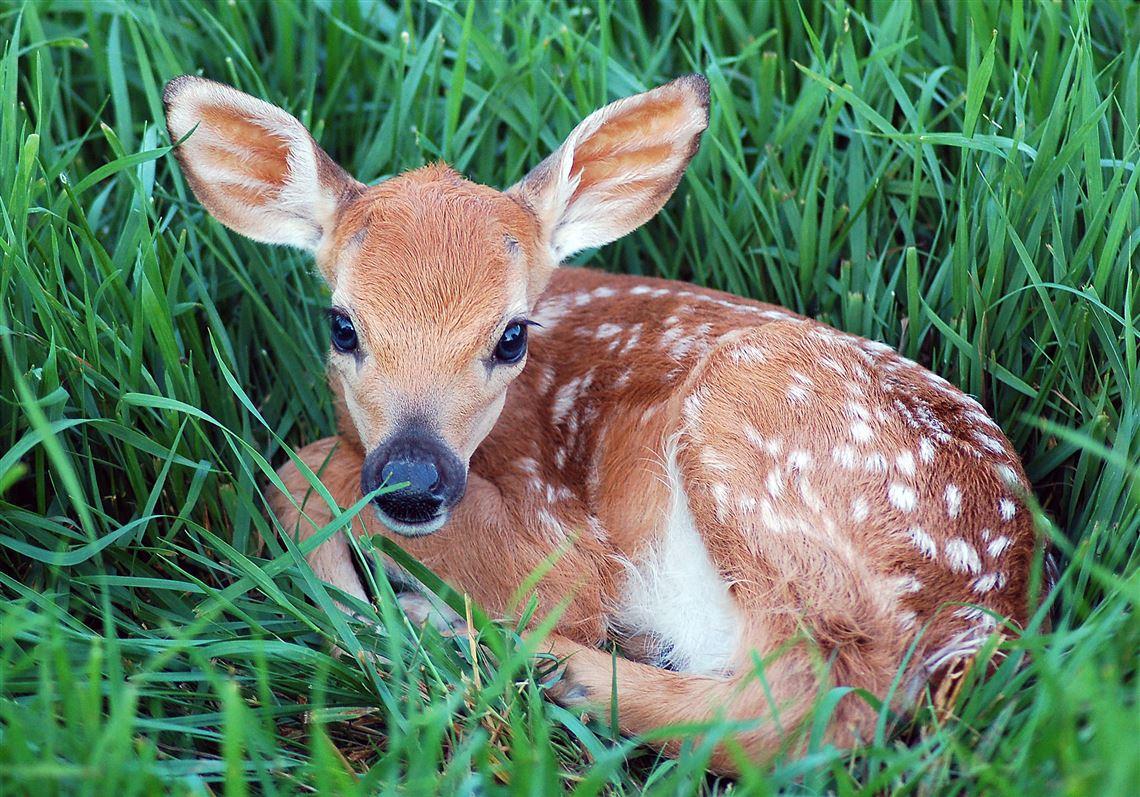
While coyotes primarily prey on small rodents, cats and smaller dogs can sometimes be at risk. Coyotes are everywhere on the island and just because you don’t see or hear them does not mean they are not I your area.
Consider keeping cats indoors and building a screened in "catio" where they can have safe access to the outside. If you do allow your cats to go outdoors, keep them in from dusk until several hours past dawn. If you have a pet door, make sure it closed and locked during evening hours to prevent accidental escapes at night.
When letting dogs out, make sure they are closely attended or leashed. Never leave small dogs outside alone or allow dogs of any size to wander. Keep your dog on a leash when walking and never allow them to roam freely into the ravines and open fields where coyotes commonly hunt or den and raise pups.
To keep animals safe while on your property, install a coyote fence or convert an existing fence to prevent coyotes from entering your yard. Fencing should be 6 feet high and if possible, buried a foot below the surface to prevent digging under. Topping the fence with barbwire, electric wire or a rolling bar or pipe - called a coyote roller - provides further protection by preventing them from climbing over the top.
Install cat safety posts in your yard. To escape predators, it can be helpful for cats to have something to climb. If you do not have big trees in your yard, consider building a cat post — a pole standing seven feet high, made from something the cat can climb (like sisal or carpet), with a small flat platform on top to keep the cat safe in the event it is being chased by a coyote or loose dogs.
Feed your pets indoors. Pet food left outside may attract coyotes.
Don’t leave fruit, berries or compost on the ground or uncovered and don’t overflowbird feeders. Hang them high or in areas that are not accessible to coyotes.
Make sure trash is not left outside and secure all lids with locking mechanisms. Secure the cans to a fence or wall with rope or elastic cord so the trash cannot be tipped over.
Install motion sensitive lights in your back yard and around your house.
If you see a coyote on or near your property HARRASS/HAZE the coyote so it fears areas with people. You can do this by yelling at the coyote. Wave your arms and making loud noises. THIS IS CRITICAL to protect pets and the coyotes themselves by keeping them wary of people and populated areas.

A note from Fair Isle Animal Clinic.
Fawn season is upon us. This time of year mother deer are extremely protective of their fawns and can injure and even kill pets that interact with the fawns. Since coyotes have established themselves here, it seems as though the does are even more aggressively guarding their young than they did when we did not have coyotes.
Every year we get some pets (usually dogs) that have been injured by deer, sometimes fatally. The amount of damage a doe can do with her hooves is impressive. If you have any doubts about the lethal power of a protective doe, simply look up videos on YouTube. Warning: this search is not for the faint of heart.
Please do your best to keep your pets away from fawns and away from areas where deer are likely to congregate.
Also, if you find a fawn, leave it alone unless it is in a very dangerous location. If you MUST move the fawn, place it somewhere close by where you found it. Often young fawns appear to be extremely weak and floppy if you try to pick them up. This is normal. These fawns will jump right up when the doe (who is likely nearby) comes to check on them.
Remember that seemingly gentle deer are quite capable of defending themselves when they need to. Please keep your pets safe by limiting their deer interactions, especially during fawn season.
Dana Ness DVM